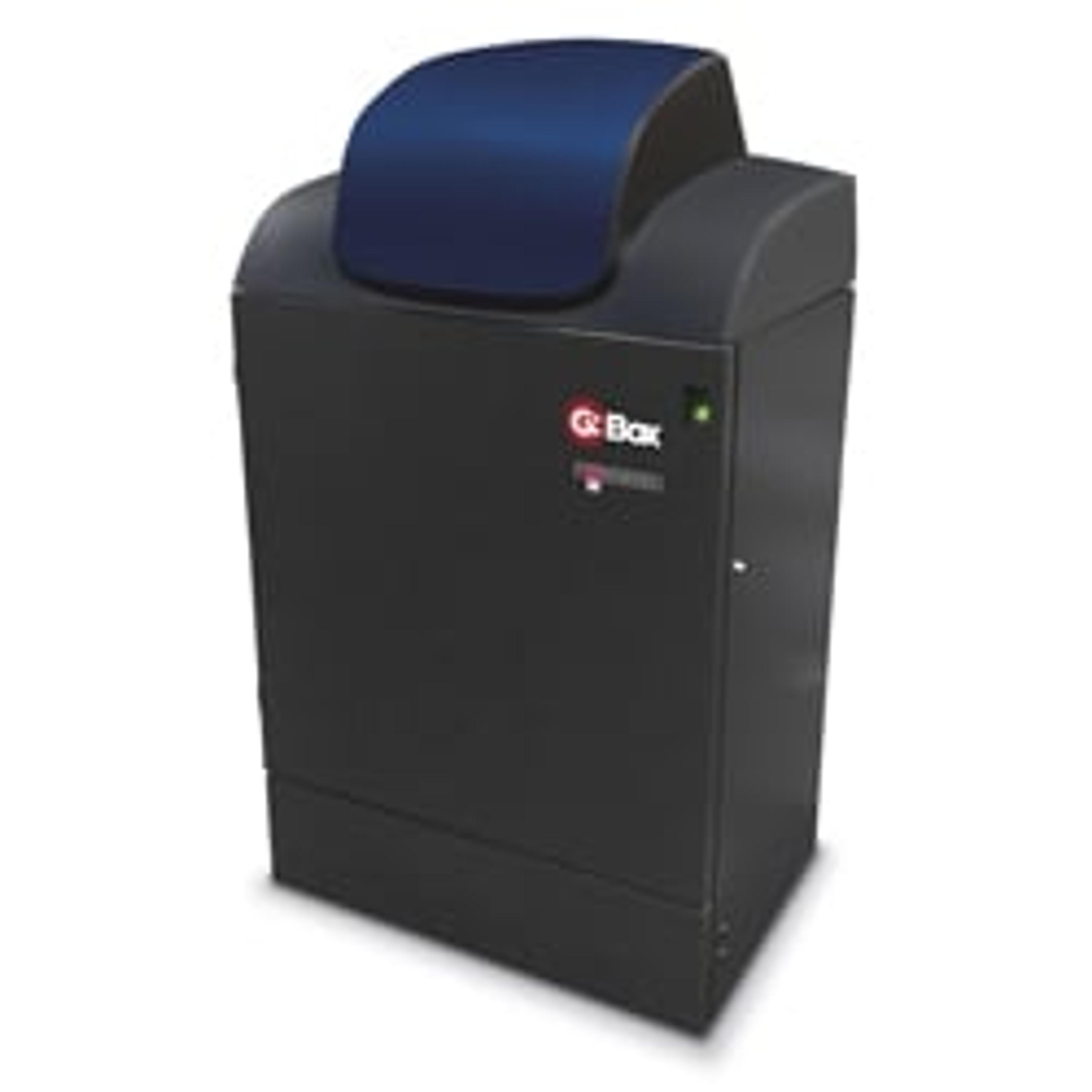First CCD 2D Gel Imaging System Installed at Singapore’s New SMART Centre
7 May 2008Syngene, a world-leading manufacturer of image analysis solutions, is proud to announce its first Dyversity 6 innovative 2D gel imaging system has been installed at the prestigious, new, Singapore Massachusetts Institute of Technology (MIT) Alliance for Research and Technology (SMART) Centre, by Syngene’s exclusive distributor, Insta BioAnalytik Pte Ltd.
The Dyversity 6 at the SMART Centre features a 16-bit, 6 mega pixel CCD based camera and can generate 2D protein gel images up to ten times faster than a conventional laser-based scanner. The system will be used initially by scientists in the SMART Centre’s Infectious Diseases’ interdisciplinary research group to rapidly automate 1D and 2D gel imaging in vital research programmes focusing on respiratory syncytial virus, influenza, tuberculosis and malaria.
Researchers in the SMART Centre chose the Dyversity 6 after reviewing several image analysers because it can be fitted with a wide range of filters, UV and visible lighting options, making it versatile enough to image gels stained with Coomassie Blue, silver stain, SYPRO® Ruby, Pro-Q® Diamond, Deep Purple™ and CY™ dyes. They also liked the Dyversity software's user-friendliness and most of all, the system’s ability to rapidly separate close protein spot images from densely-protein spotted 2D gels.
Karen Chan, Product Specialist at Insta Bioanalytik Pte Ltd, said: “We are proud to have a Dyversity 6 in the SMART Centre as the MIT is well-known for advancing science and technology, and it's a great opportunity for us to work with them.”
Laura Sullivan, Syngene’s Divisional Manager added: “Many prestigious institutes such as Imperial College are enjoying the benefits of using CCD based technology for 2D gel imaging. We are delighted scientists at the SMART Centre are joining them by installing our innovative Dyversity 6 image analyser and are keen to see how the system contributes to speeding up their critical research on infectious diseases.”

